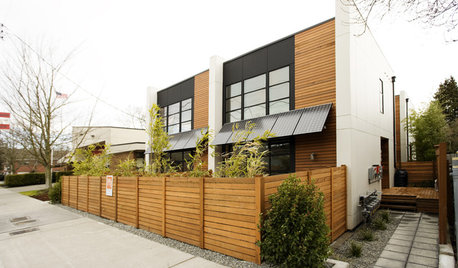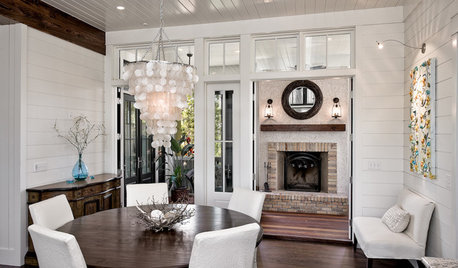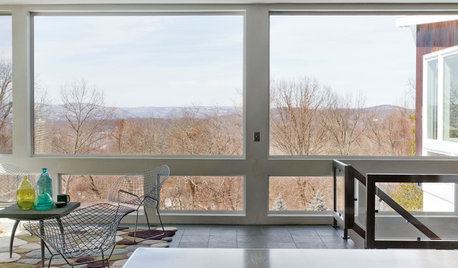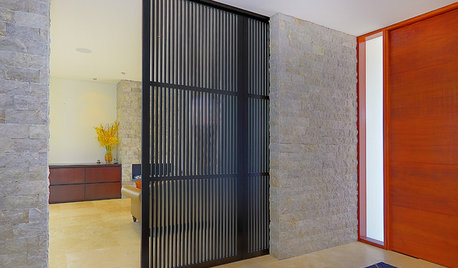Why is my house electrical panel on the outside?
St8kout
11 years ago
Featured Answer
Comments (22)
Ron Natalie
11 years agobus_driver
11 years agotexasredhead
11 years agobrickeyee
11 years agoRon Natalie
11 years agoionized_gw
11 years agoyosemitebill
11 years agoalan_s_thefirst
11 years agobrickeyee
11 years agobus_driver
11 years agoionized_gw
11 years agobrickeyee
11 years agoionized_gw
11 years agoSt8kout
11 years agoArtichokey
11 years agoCandace Seaton
7 years agoHU-220074568
4 years agoDavidR
4 years agoSaltiDawg
4 years agoSteven. Hobbs
7 months agoDW C
7 months ago
Related Stories

GREEN BUILDINGGoing Solar at Home: Solar Panel Basics
Save money on electricity and reduce your carbon footprint by installing photovoltaic panels. This guide will help you get started
Full Story
GARDENING AND LANDSCAPINGPatio Details: Sliding Fabric Panels Filter the Light Just Right
Stepping up to the harsh sun and heat of the desert Southwest, this intimate patio is an exotic escape right outside
Full Story
REMODELING GUIDESHigh Design With Solar Panels
Solar panels find new function as elements of smart home design
Full Story
PAINTINGKnotty to Nice: Painted Wood Paneling Lightens a Room's Look
Children ran from the scary dark walls in this spare room, but white paint and new flooring put fears and style travesties to rest
Full Story
GREEN BUILDINGLet’s Clear Up Some Confusion About Solar Panels
Different panel types do different things. If you want solar energy for your home, get the basics here first
Full Story
Painted Paneling for Straight-Up Style
Brush away boring wood boards. A color makeover can give your paneling, and your home, new charm and flair
Full Story
HOUZZ TOURSMy Houzz: A Classic Midcentury Home Wrapped in Windows
A couple's 4-year restoration and renovation results in a bright look for their wood-paneled house in New York
Full Story
DECORATING GUIDESThe Great Divide: Structures and Panels Shape Spaces
Conquer small and large spaces with modern, functional and stylish room dividers
Full Story
ACCESSORIESEasy Green: Cut Electricity Use With 15 Unplugged Home Devices
Crank up the energy savings, courtesy of household items that come into power the old-fashioned way: manually
Full Story
MY HOUZZMy Houzz: Renovation Brings Energy Efficiency to a Netherlands Home
A family of 5 tackles a potentially large gas and electric bill in a 19th-century house
Full StoryMore Discussions










bus_driver